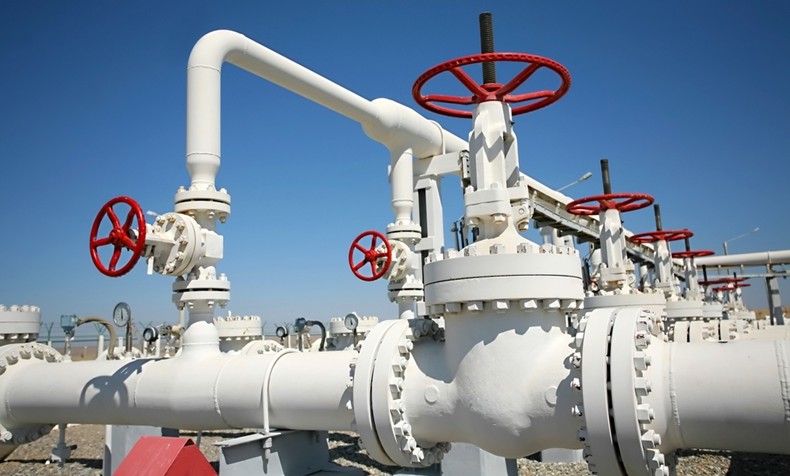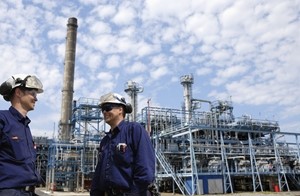
21st Century Spend Management Solutions for Chemical Processors
For spend managers at these organizations hoping to push their enterprise into the 21st century, what value could be achieved by concentrating spend where it’s needed most?
Enterprise spend management stresses the value of smart budgeting with a tight focus on maximizing ROI, optimizing processes, and expanding businesses in meaningful and sustainable ways. One may think the chemical processing and refining industry wouldn’t need to worry too much about how it spends, given how its products permeate as much as 96 percent of the supply chains for all manufactured goods, according to a recent study.
However, the success of the chemical industry as a whole is built on a foundation comprised of companies of all shapes and sizes looking to invest practically in their own prosperity. For spend managers at these organizations hoping to push their enterprise into the 21st century, what value could be achieved by concentrating spend where it’s needed most?

Reliability-centered maintenance
Direct spend management strategies tend to take top billing over indirect spend management. Direct spend management centers around equipment purchases, software integration and other physical assets a company can purchase. Indirect spend management, like coordinating spend on a sound on-site maintenance program, may not be as viscerally appealing as state-of-the-art assets, but can be just as valuable to a chemical processing plant, if not more so.
Reliability-centered maintenance strategies utilize vast stores of data to analyze how plant equipment functions. In doing so, supervisors can track productivity and deficiencies which may evolve into failures over time. Maintenance personnel then address these issues before they exacerbate. From a spend management perspective, this practice undeniably adds value. Proactive maintenance hits on several crucial concepts the chemical processing industry has been moving toward reinforcing: environmental accountability, strengthening employee safety, securing asset availability and uptime, and overall process optimization.
“Asset owners can use maintenance spend to gauge the financial viability of a replacement.”
Furthermore, an updated maintenance plan could guide organizations toward making more intelligent direct spend management decisions. If one asset continues to underperform despite several rounds of proactive maintenance, its owners can use maintenance spend as a metric to gauge the financial viability of a replacement.
Driving out commoditization with R&D investment
Growing commoditization of chemical goods increasingly prevents businesses in the industry from investing in innovation.
In his book Winning at New Products: Creating Value Through Innovation, author Robert G. Cooper explains that although the average time-to-market across all manufacturing sectors has trended downward since the turn of the century by more than 42 percent, new product sales decreased over that same period of time by 15 percent. Many investors cannot justify the “risks” of R&D, like steep upfront costs and long lead time, when highly specialized chemicals already in market favor perform so well.
Desire for a quick buck has officially overridden the urge to innovate, but from a spend management perspective, this narrow mindset offers little in the way of long-term financial sustainability. The chemical industry shouldn’t be afraid to expand its horizons by investing healthfully into a diverse product portfolio, but must do so with tact. For instance, chemical companies should only room in the budget for prospective products that fulfill an explicit objective valuable to their enterprise. In addition, technological investments should serve more than a single purpose, lest they go to waste on the off chance a new product fails to capture the market’s attention.





